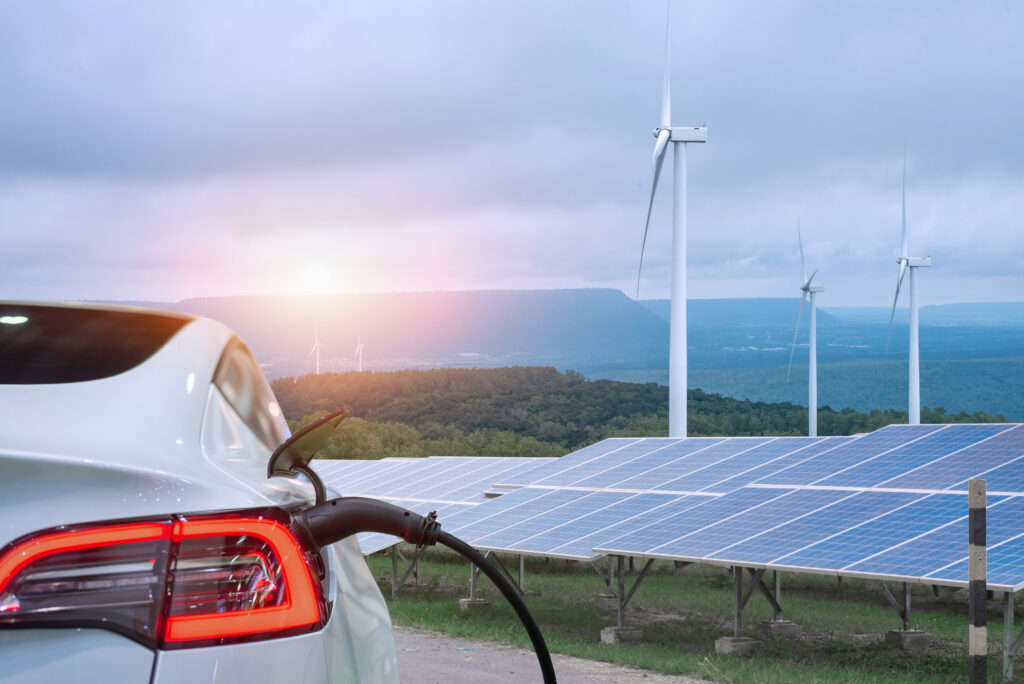
Individuals are quick to become frustrated when the lights flicker, air conditioner stops and internet grinds to a halt, but it turns out the stakes are a lot higher than that. Brief power outages are an inconvenience that disrupts our personal affairs and business, but large-scale or prolonged outages can impact supply chains, medical services, water treatment facilities and more.
We rely on our grid to ensure there is reliable power for every American. To do this, we must upgrade to keep our systems current. Unfortunately, while investment in our transmission systems is near historic highs, it is still not enough to accommodate new sources of power generation and surging electrical demand.
A Brattle Group study for WIRES found that U.S. transmission development must rise on average from $15 billion today to as much as $40 billion a year to meet our electrification challenge. A Princeton study found that investment will need to reach $2-4 trillion by 2050 to effectively serve our electrified economy. Transmission investment at this scale is a herculean task. But if it is completed, it will provide benefits similar to the construction of the interstate highway system in the 1950s, which continues to underpin the national economy today.
We must do something, and fast. Our power grid needs immediate attention to survive the range of new threats and demands facing it, including:
Increasing Climate/Weather Threats
There is no debate that the climate crisis has increased the frequency and intensity of extreme weather events. Each of these events has the potential to stress and damage our electrical infrastructure.
A 2021 study by the Lawrence Berkeley National Laboratory found that power outages caused by extreme weather events have increased by 67% since 2000.3 These extreme weather events can take many forms. In 2020, a derecho—a severe storm with strong, straight-line winds—stretched from Nebraska to Ohio, causing power outages for 400,000 people in Iowa alone. Damage from the storm was estimated to cost $11.5 billion.
In February 2021, Winter Storm Uri brought record snowfalls, ice, and frigid temperatures to a wide swath of the country, and caused a major power crisis in the state of Texas. That resulted in hundreds of deaths, and an estimated $80-$130 billion in economic damages to the state’s economy alone.
An outdated grid simply can’t handle the stress of these events. No systems are perfect, especially when going up against historically powerful storms, but hardening our transmission lines and implementing smart grid technologies can improve grid resilience, allowing for faster restoration times and reduced outages.
Aging Infrastructure
The average transmission line in the United States is over 25 years old, according to the Department of Energy. These aging lines are more susceptible to failures, require frequent repairs and are generally not built to handle the increasing electrical load required by today’s technology.
Every energy consumer in the United States can benefit from an upgraded transmission system. When transmission lines have insufficient power to satisfy demand, the result is “transmission congestion”—effectively an electricity traffic jam. These traffic jams lead to lost electricity and cost increases that are passed on to the consumer. Those costs doubled nationally from 2020 to 2021, reaching $13 billion, before rising again to $21 billion in 2022. These costs will continue to rise until the transmission system is modernized.
Modernization isn’t just about reducing congestion, however. It’s critical for avoiding attacks by foreign competition and other threat actors, who are increasingly targeting our nation’s infrastructure. According to the IEA, “[c]urrent cyberattack trends pose an unprecedented threat to critical infrastructure, such as electricity systems.” Fighting these attacks, which requires investment in technology and cybersecurity professionals equipped to respond to these threats.
Increasing Electrification of the Economy
Data centers, vehicles and a thriving manufacturing industry are fueling an insatiable demand for electricity, and our grid cannot keep up. For example, over the next 15 years, the state of Virginia is projected to require 85% more power, while California will need an additional 70% over the next 20 years.8 The electrification of our country and economy is not a future problem—the need is immediate.
The power grid is the backbone of our modern society. By upgrading our transmission infrastructure, we can ensure a more reliable, secure and sustainable energy system for generations to come. In order to achieve this, citizens and business owners must be vocal advocates for changes to energy policy that allow for rapid investment and the transformation of our communities. Much like our power grid, we’re all connected and in this together.

